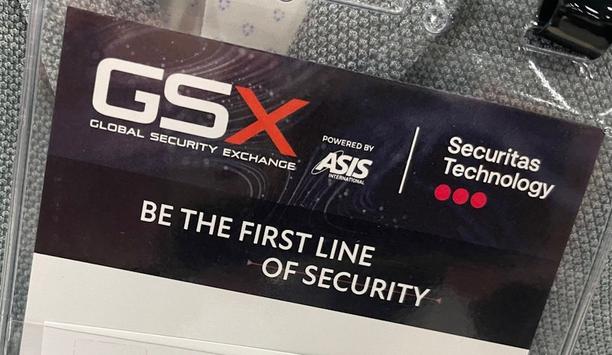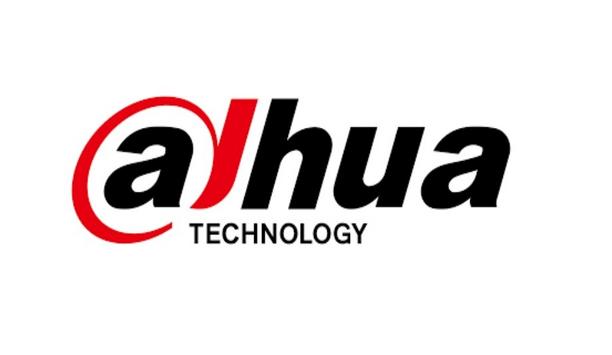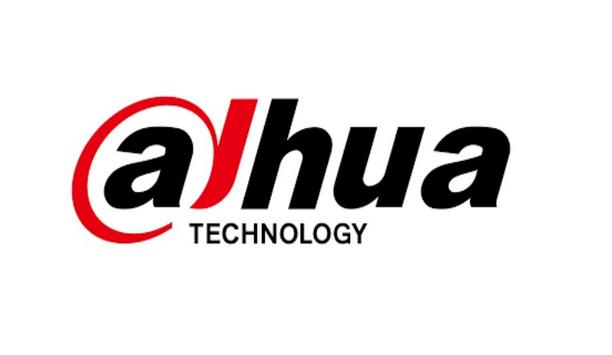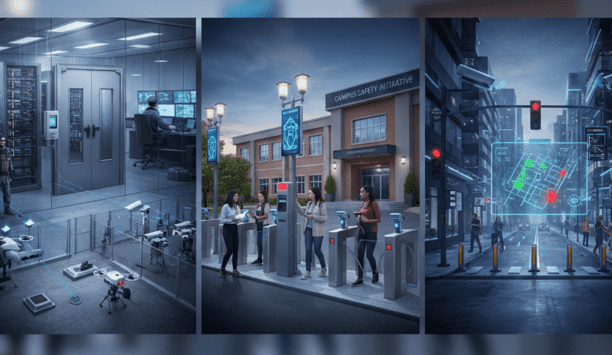The phrase ‘eye in the sky’ is taking on a whole new meaning as the concept of home security drones becomes a plausible idea that could be realised in the not-too-distant future.
It’s a possibility that came to light recently in the form of a patent that was granted to Amazon for ‘Image Creation Using Geo-Fence Data’. The patent specifies a “geo-fence, which may be a virtual perimeter or boundary around a real-world geographic area.” An unmanned autonomous vehicle (UAV) may provide surveillance images of data of objects inside the geo-fence. Any video captured outside the geo-fence would be obscured or objects removed to ensure privacy.
Detecting break-ins and fires
The Amazon patent outlines how its UAVs could perform a surveillance action at a property of an authorised party. It would be ‘hired’ to look out for open garage doors, broken windows, graffiti, or even a fire. The drone would only view authorised locations and provide information back to the homeowner.
The idea is to deploy Amazon’s ‘delivery drone’ to provide surveillance of customers’ homes
The idea is to deploy Amazon’s previously proposed (but not yet realised) ‘delivery drone’ to provide surveillance of customers’ homes between making deliveries. (One could say the employment situation has truly peaked when drones start taking second jobs!)
In a ‘surveillance as a service’ scenario, Amazon’s customers would pay for visits on an hourly, daily or weekly basis. Drones would be equipped with night vision and microphones to expand their sensing capabilities. (The microphone aspect seems creepy until you remember that Amazon’s Echo devices already have a microphone listening to what happens inside our homes.)
A remaining obstacle for such a plan is the matter of U.S. Federal Aviation Administration regulations that restrict commercial drone operations and even hobbyist or consumer drone flights outside an operator’s line of sight.
 |
| Drones would be equipped with night vision and microphones to expand their sensing capabilities |
Amazon company officials have stressed that the plan is still in its infancy and implementation would be in the future. “The patent clearly states that it would be an opt-in service available to customers who authorise monitoring of their home,” Amazon’s John Tagle told National Public Radio (NPR).
Although use of drones for security is in the future, the launch of delivery drones appears to be on the nearer-term horizon. Amazon has said it hopes to launch a commercial service in a matter of months. Amazon’s competitor – Alphabet’s Wing – has already been granted FAA approval to make deliveries in the United States.
Autonomous drone monitoring
Another company, Sunflower Labs, is also working on security drones and has created a prototype that uses an autonomous drone to monitor activity in conjunction with a series of motion and vibration sensors located around the house.
The sensors, which can detect footsteps or car engines, are placed around the home to create a virtual map, track objects and guide the drone. The ground sensors would alert a homeowner of something moving around the house. The homeowner could then elect to deploy the drone, which would stream a live video feed to a smart phone or tablet.
Smart home technologies are in the process of transforming the home security market Smart home technologies and do-it-yourself security installations are in the process of transforming the home security market. The traditional ‘alarm service’ model is barely recognisable today among all the changes and new products, from home automation to video doorbells to personal assistants such as Siri and Alexa.
Technology-loving consumers are looking at an expanding menu of options just as they are embracing new ways to protect their homes. Instead of a call to an alarm company, a consumer today may instead view a video of a burglary-in-progress live-streamed to their smart phone.
Amazon and the other Big Tech companies are already playing a role in the disruption. Home security provided by a drone (on its way to delivering a package down the street) may seem like an extreme divergence from the norm. But such is the changing world of smart homes and residential security.













































